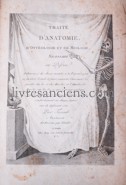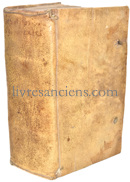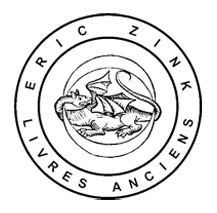

Medicine, Surgery, Anatomy
2000 €
3500 €
800 €
18000 €
750 €
1000 €
8000 €
2500 €
1500 €
600 €
Sold
2000 €
900 €
150 €
400 €
200 €
1000 €
600 €
Sold
1300 €
1200 €
60 €
200 €
200 €
120 €
200 €
120 €
100 €
500 €
European VAT number: FR87515091171
© Eric Zink, Antiquarian Bookseller










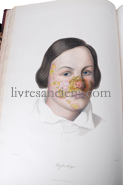


![Photo FIENUS, Thomas [FEYENS].](https://images.livresanciens.com/livres/203669/images/P3.jpg
)
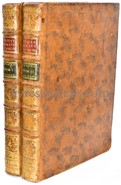
![Photo [GAUTIER-D'AGOTY, Jacques Fabien].](https://images.livresanciens.com/livres/204235/images/P1.jpg
)
![Photo [ASTRUC, Jean].](https://images.livresanciens.com/livres/203201/images/P5.jpg
)




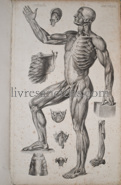


![Photo [MANUSCRIT].](https://images.livresanciens.com/livres/203703/images/P5.jpg
)
![Photo [ASTRUC, Jean].](https://images.livresanciens.com/livres/203474/images/P4.jpg
)
